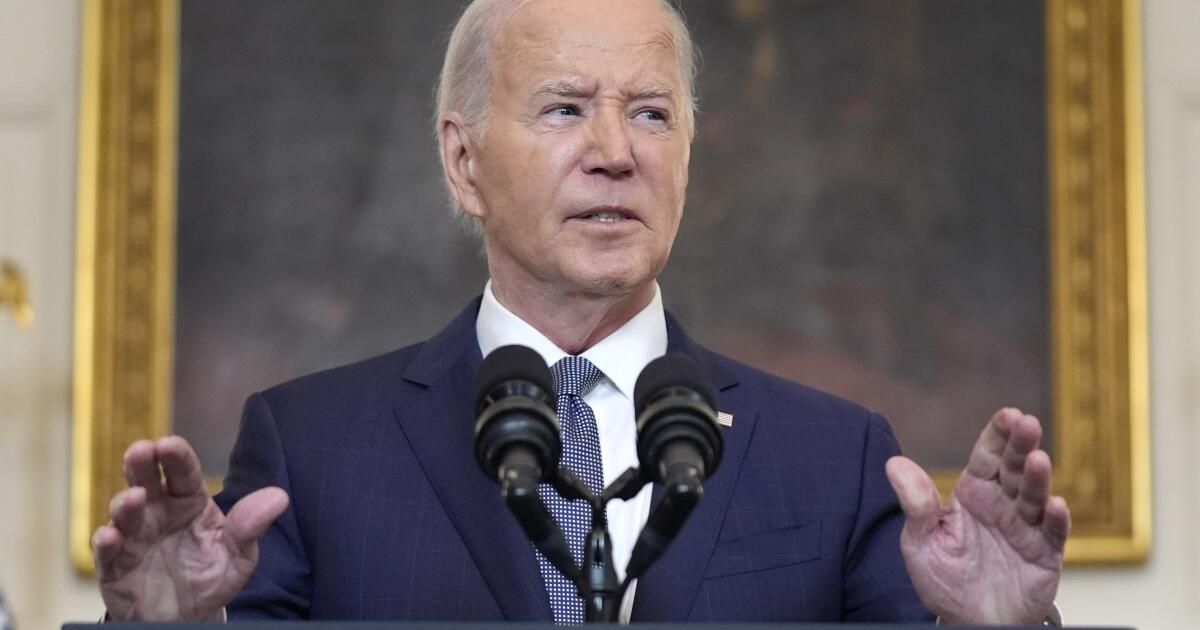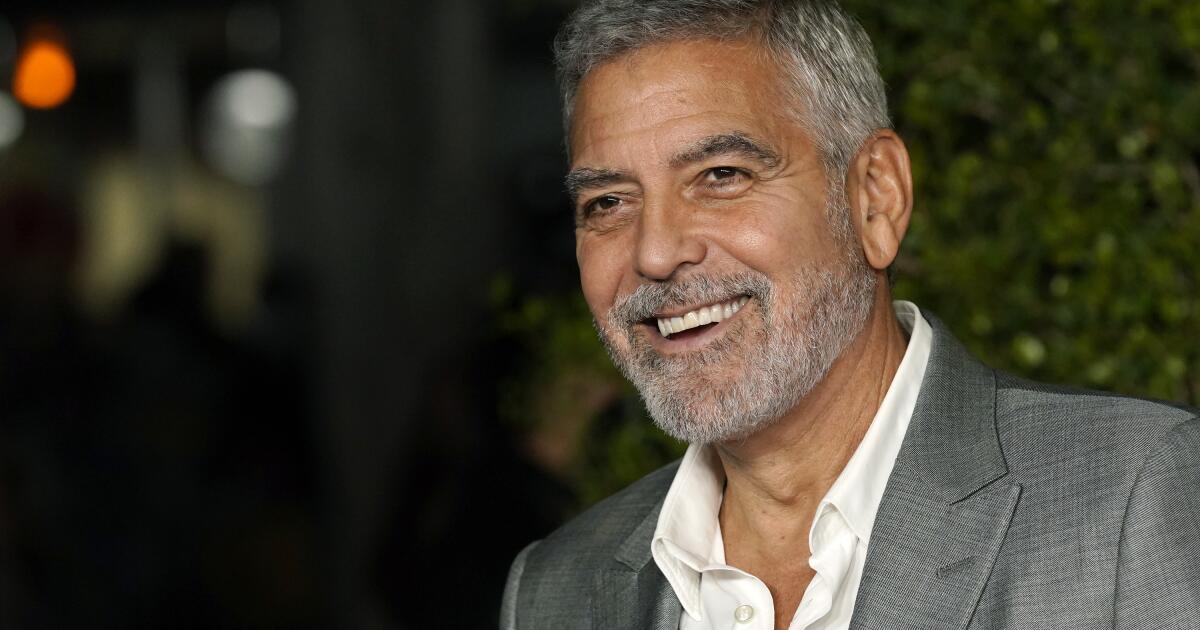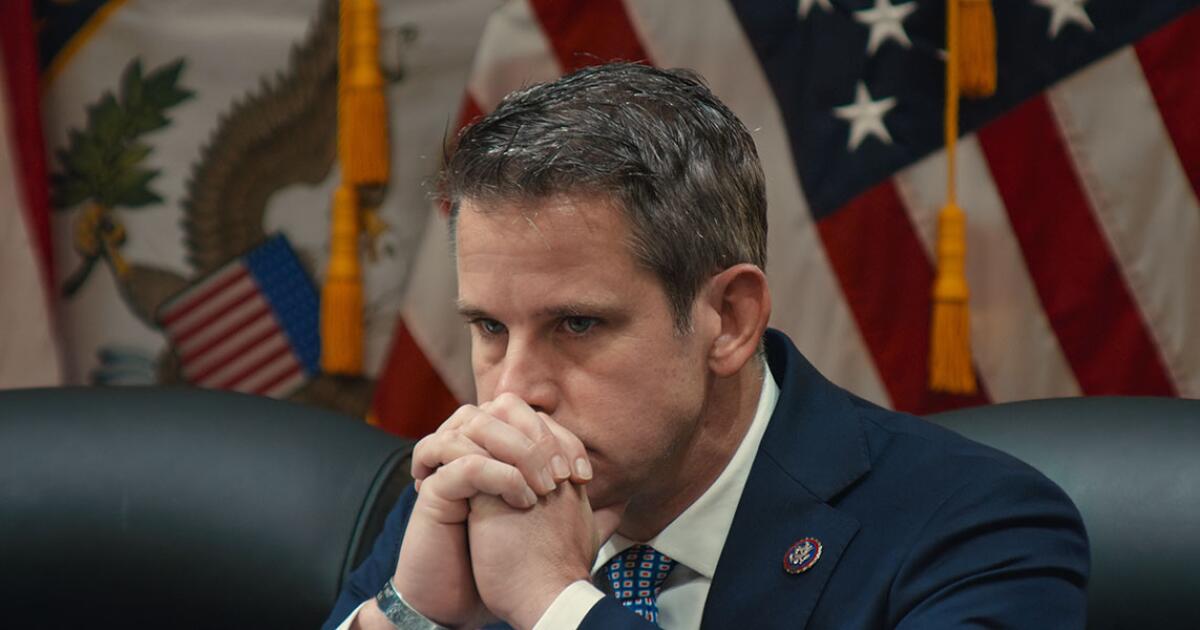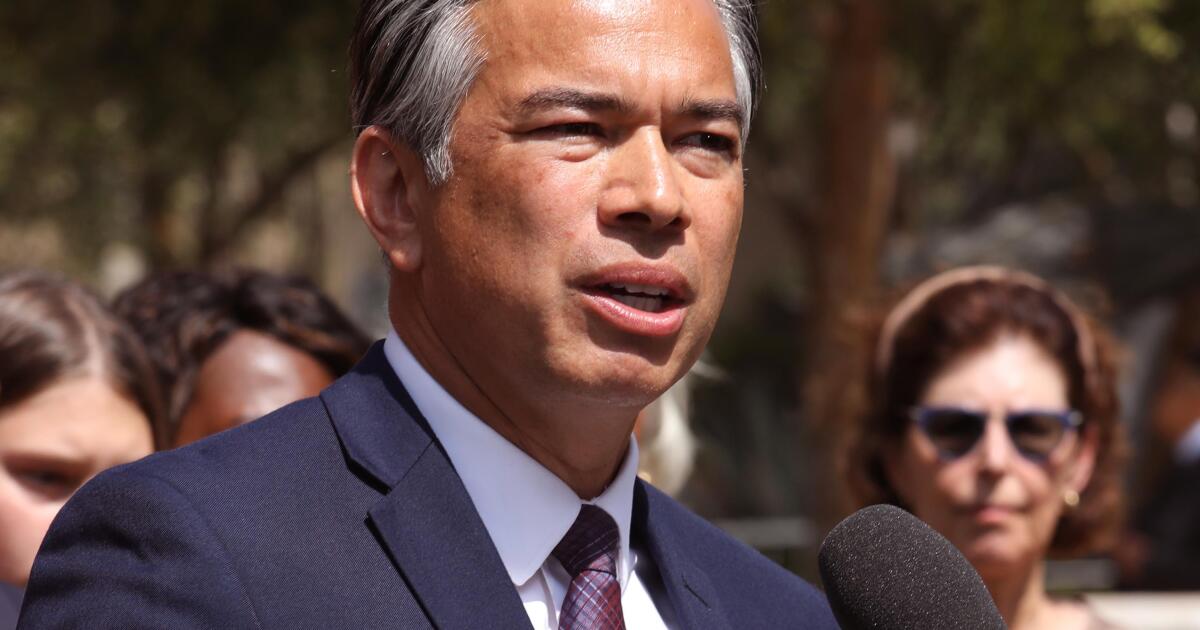When President Biden announced a three-phase plan to end the devastating war in the Gaza Strip, it raised hopes that a breakthrough was finally in sight between Israel and Hamas militants.
It would include a ceasefire, the release of Israeli hostages and Palestinian prisoners, and increased aid for starving Palestinians in Gaza. It was essentially a plan that both Israel and Hamas had previously proposed, U.S. officials said.
However, days after Biden's May 31 announcement, neither side agrees. Hamas refuses to accept the deal unless Israel commits to permanently ending hostilities, while Israel says several of its demands are not being met.
Here's a closer look:
What's the plan?
The Biden administration desperately wants a deal that will stop the bloodshed in Gaza, as well as the hemorrhage of domestic political support that its support for Israel has unleashed.
But an examination of what the president announced shows that the agreement is more of a flexible framework (implemented in three phases) with many details still to be negotiated.
The first phase includes a six-week “full and complete” ceasefire, a withdrawal of Israeli military forces from the “populated areas” of Gaza, and the return of Palestinians to their homes in northern Gaza from which they have fled. They were forced to flee.
In addition, Hamas would release some hostages, including women and elderly people, in exchange for the freedom of hundreds of Palestinians detained in Israeli prisons. There would be a drastic increase in humanitarian aid delivered to the Gaza Strip.
Negotiations would then begin on a possible phase two, which Biden said he hoped would include “the cessation of hostilities permanently.”
“I'll be honest with you,” Biden said. “There are a number of details to negotiate to move from phase one to phase two.”
How have Israel and Hamas responded?
Both Israel and Hamas have publicly raised objections about how the negotiations would proceed and whether Israel can continue fighting.
Experts said the United States could be keeping these details deliberately ambiguous simply to get Israel and Hamas to commit.
It allows both of you to believe that you can get what you want in the upcoming negotiations.
Rallying allies around the proposal, senior U.S. officials have spent days speaking by phone with key leaders in the region. Dozens of countries support the agreement, US officials say.
The State Department has used its daily briefings to read statements of support from countries in Europe, the Middle East and elsewhere, including Morocco, Saudi Arabia, France and Britain.
“When you see the broad support from Europe, from the Arab world, from the countries of the Global South, I think it's a significant statement of… the opportunity we have here and how important it is that we don't lose it.” State Department spokesman Matthew Miller said.
But maintaining support amid a difficult US election year will test the Biden administration's abilities.
“For Biden's three-phase plan to have any chance of becoming a reality, increased American diplomacy in the Middle East will be necessary at a time when the attention of the United States and President Biden himself will be elsewhere,” he said. Brian Katulis, principal investigator. of American foreign policy at the Middle East Institute in Washington.
Israel's incentives and objections
Biden's decision to make public the proposal, which he repeatedly referred to as an Israeli proposal, was in part a tactic to force Prime Minister Benjamin Netanyahu to accept its terms rather than circumvent them.
Before Biden's announcements, Netanyahu and his wartime cabinet backed the proposal. But later, the Israeli prime minister told a closed-door session of right-wing members of his coalition government that there were “gaps” between what Israel had agreed to and what Biden had announced.
US officials saw this as a way for Netanyahu to contain objections within his coalition, whose most extreme members are threatening to abandon (and overthrow) the government if Netanyahu accepts the deal.
Netanyahu continues to publicly insist that his war goals have not changed, including the elimination of Hamas as a military and government force following its attacks on southern Israel on October 7. The militant group has suffered heavy losses but has not been destroyed.
In the October 7 attack, in which militants killed about 1,200 people, mostly civilians, and took another 250 hostage. Israel's bombing and ground attacks have devastated Gaza, killing at least 36,000 Palestinians. , according to the Gaza Ministry of Health, whose figures do not distinguish between combatants and civilians.
Biden said the proposal would “create a better 'day after' in Gaza without Hamas in power.”
The president also said he believed that Hamas, after eight months of war with Israel, is no longer capable of launching a major offensive, an assessment with which many in the Israeli military agree.
Netanyahu is under enormous pressure to bring the hostages home; About 100 are believed to still be alive.
Other incentives for Israel, U.S. officials say, is that an end to the fighting in Gaza could slow the escalation of a simmering conflict between Israel and Hezbollah, the Iranian-backed Lebanese militant group on Israel's northern border, which has erupted in several cross-border conflicts. attacks in recent days.
Israel also hopes peace will lead to better diplomatic relations with its Middle East neighbors, particularly Saudi Arabia, the region's powerhouse, a carrot that U.S. officials have long offered.
Hamas Incentives and Objections
U.S. officials said Wednesday they were still waiting for an official response to the deal proposed by Hamas.
Usama Hamdan, a senior Hamas official based in Beirut, said at a news conference on Tuesday that his group will not accept the proposal without a clear commitment from Israel to a permanent ceasefire and a “comprehensive” withdrawal from Gaza.
“This is what could open the door to completing the deal,” Hamdan said.
The United States believes the last word will come directly and solely from Yahya Sinwar, the Hamas leader considered the architect of the October 7 attacks and who Israel and the United States believe is hiding in the vast network of tunnels beneath the Strip. Loop.
The news reaches him through a complicated clandestine system. The documents go from Israel and the United States to Qatari negotiators, who transmit them to Hamas political leaders in Doha, who then notify Sinwar somewhere deep in Gaza.
Some analysts say Sinwar could be persuaded to accept the proposal, although it does not guarantee Hamas's survival, because he could effectively claim a strategic victory over Israel by claiming credit for the release of hundreds of Palestinian prisoners and an end to the bombing. Israelis. and renewed humanitarian aid for the strip. He could portray the military attack he has overseen as having hit the most powerful Israel hard and with irreparable lethal force, while destroying its reputation in many parts of the world.
But Sinwar could also use a similar argument — that Hamas is winning — to justify continuing the war, analysts said.
As with Israel, Biden's decision to make the deal public was also aimed at putting pressure on Hamas.
“The goal [with Biden’s announcement] “It appears to be highlighting obstructions by Hamas and right-wing members of the current Israeli government as key obstacles to a diplomatic agreement,” Katulis said. “It remains to be seen whether the two sides in this conflict will sign even the first phase of the proposed agreement.”
Wilkinson reported from Washington and Bulos from Beirut.












